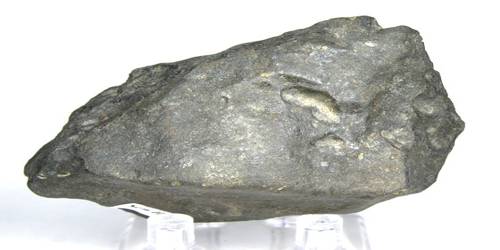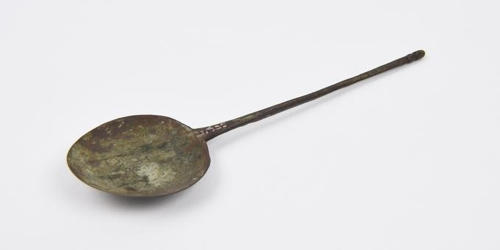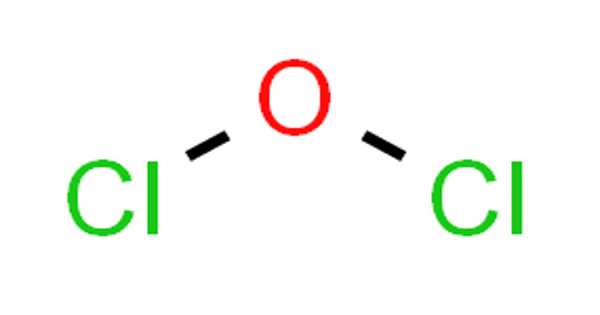Lithium laurate is a metallorganic compound with the chemical formula LiO2C(CH2)10CH3. It is a lithium salt of lauric acid, a fatty acid found in coconut oil and other natural fats. It is classified as a metallic soap, i.e. a metal derivative of a fatty acid. In contrast to the lubricants lithium stearate and lithium 12-hydroxystearate, lithium laurate is of minor commercial value. It’s primarily used in the fields of chemistry and materials science.
Properties
Lithium laurate forms colorless crystals of the tetragonal crystal system, with cell parameters a = 2.83 nm, c = 1.17 nm, and 24 formula units per cell (Z = 24). It is slightly soluble in water, ethanol, and diethyl ether. It usually appears as a white, solid powder. It is generally soluble in organic solvents like alcohols, and less soluble in water. It is relatively stable under normal conditions but should be stored in a dry place to prevent decomposition.
- Chemical formula: C12H23LiO2
- Molar mass: 206.25 g·mol−1
- Appearance: Colorless (white) solid
- Density: 0.87 g/cm3
- Melting point: 229.8 °C (445.6 °F; 502.9 K)
- Solubility in water: Slightly soluble
Occurrences
Lithium laurate is used in various industrial applications. It can be employed as a lubricant, a stabilizer in polymeric materials, and as a component in some chemical reactions.
Uses
- Lubricants: In some formulations, lithium laurate can act as a thickening agent or lubricant due to its fatty acid component.
- Electronics and Batteries: While not as common as lithium carbonate or lithium hydroxide, it may have niche applications in certain electronic or battery technologies.
Safety and Handling
Lithium laurate should be handled with care, like most chemical substances. Proper safety measures, such as gloves and eye protection, are recommended when handling it, and it should be stored in a cool, dry place to avoid any adverse reactions.
















